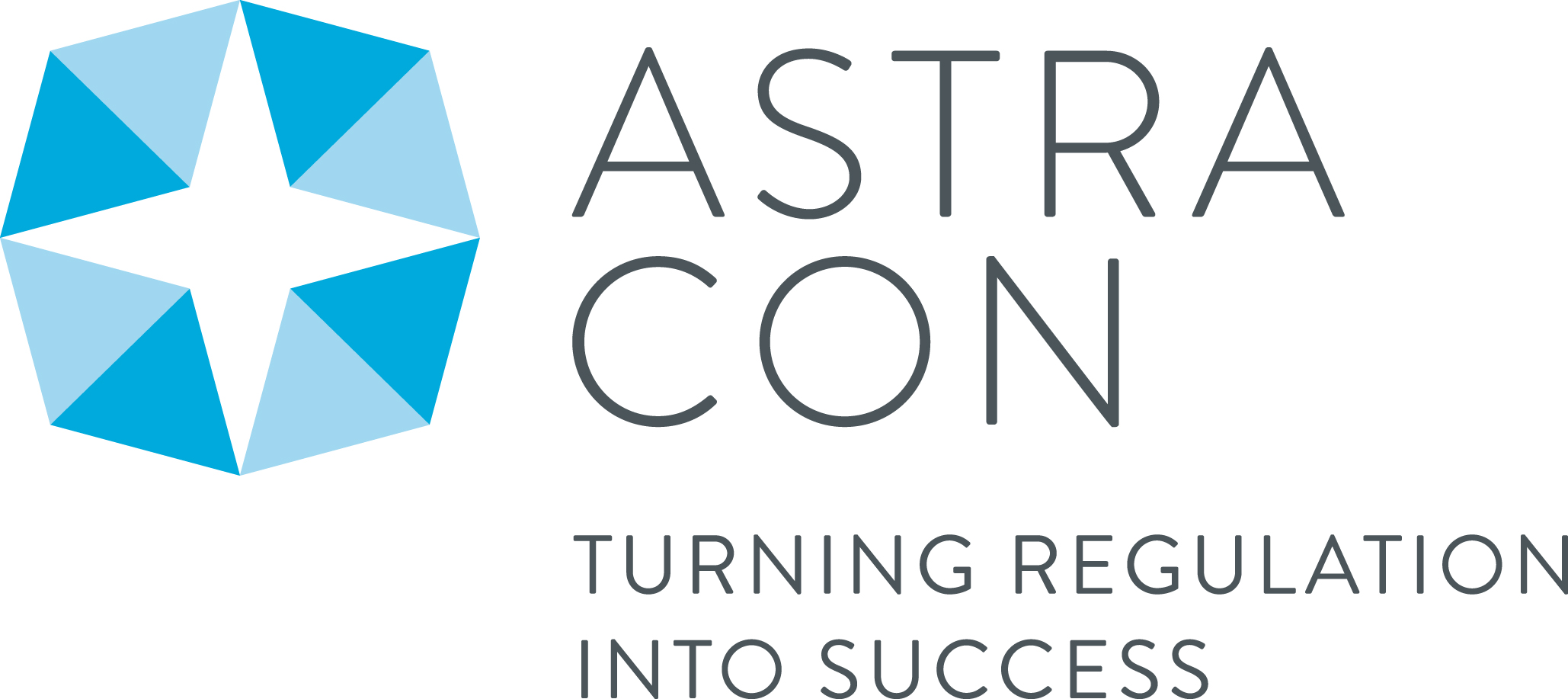MDCG 2021-7 Rev.0
Notice to manufacturers and authorised representatives on the impact of genetic variants on SARS-COV-2 in vitro diagnostic medical devices
Disclaimer: This document is an interactive version of the original MDCG document. We will keep it up-to-date.
This document has been endorsed by the Medical Device Coordination Group (MDCG) established by Article 103 of Regulation (EU) 2017/745. The MDCG is composed of representatives of all Member States and it is chaired by a representative of the European Commission.
Scope
This notice is addressed to manufacturers of in vitro diagnostic medical devices (IVDs) with the intended purpose to detect and/or quantify markers of SARS-CoV-2 infection, as well as their authorised representatives. The notice underlines the manufacturers’ responsibilities to continually assess the impact of newly identified genetic variants of SARS-CoV-2 on the capability of those IVDs to meet their performance, risk and safety claims.
Legal Basis
Article 3 of Directive 98/79/EC on in vitro diagnostics medical devices (the IVDD) outlines that devices must meet the essential requirements set out in Annex I which apply to them, taking account of the intended purpose of the devices concerned. Refer to IVDD Annex I and Annex III (5) for further details on the essential requirements and post-market surveillance obligations.
SARS-COV-2 Genetic Variants
The emergence of genetic variants of SARS-CoV-2 poses additional risks for IVDs which are intended to detect and/or quantify markers of SARS-CoV-2 infection, most notably the devices for detection and/or quantification of the SARS-CoV-2 nucleic acid or antigens, but also of anti-SARS-CoV-2 antibodies. The performance of these IVDs may not be the same for different genetic variants. Depending on the design of the device and nature of the genetic variant this may result in failure to achieve the performance claims specified in the instructions for use. This could compromise the safety of patients, healthcare professionals or other individuals where a SARS-CoV-2 infection goes undetected.
Manufacturers must therefore continually assess the impact that new genetic variants may have, to ensure that the performance of their devices continues to meet the essential requirements set out in the IVDD. The risks associated with the use of the device must also be reviewed on an ongoing basis to ensure that they are acceptable when weighed against the benefits to the patient. This approach should be documented and made available by the manufacturer upon request. Sources of information on genetic variants for SARS-CoV-2 may include scientific literature, national virus reference laboratories and organisations such as the ECDC (1) and the WHO (2).
It is the manufacturer’s responsibility to report any incident involving their devices to the relevant competent authority. Changes in the performance of the device which could result in direct or indirect harm (3) should be communicated to end users through a Field Safety Corrective Action in accordance with MEDDEV 2.12-1. Where performance limitations are identified these should be clearly stated in the device’s instructions for use and technical documentation.
Footnotes
(3): MEDDEV 2.12-1: 4.11 Indirect Harm: In the majority of cases, diagnostic devices IVDs and IVF/ART medical devices will, due to their intended use, not directly lead to physical injury or damage to health of people (HARM – see section 4.8). These devices are more likely to lead to indirect harm rather than to direct harm. HARM may occur as a consequence of the medical decision, action taken/not taken on the basis of information or result(s) provided by the device or as a consequence of the treatment of cells (e.g. gametes and embryos in the case of IVF/ART devices) or organs outside of the human body that will later be transferred to a patient.
